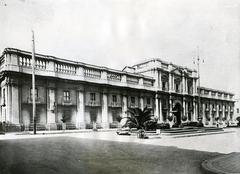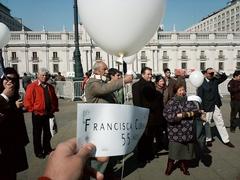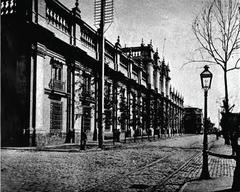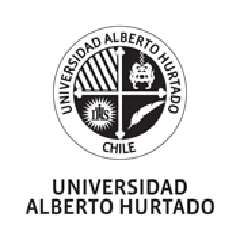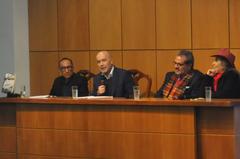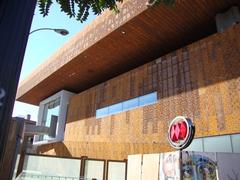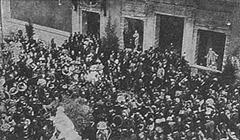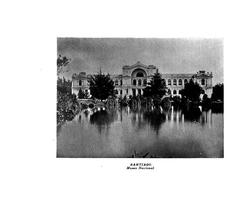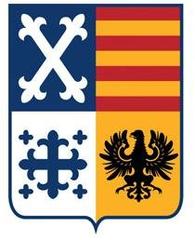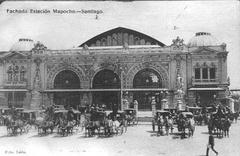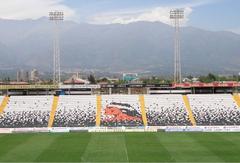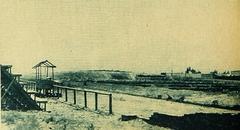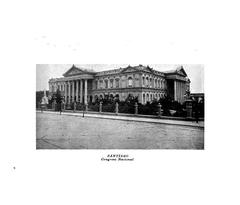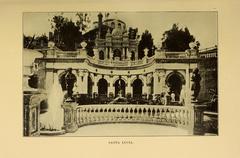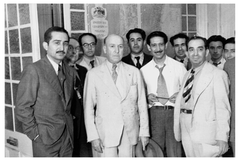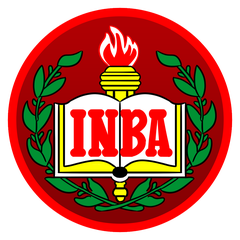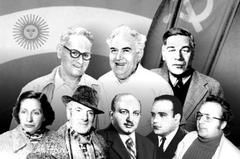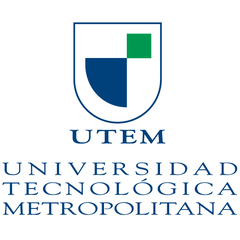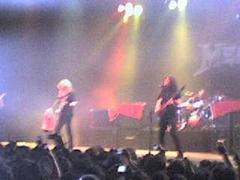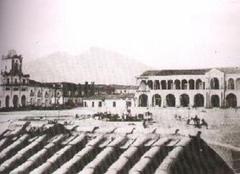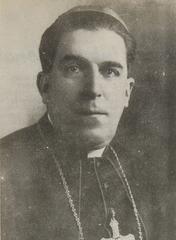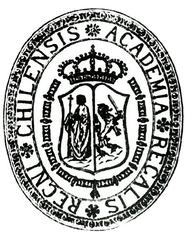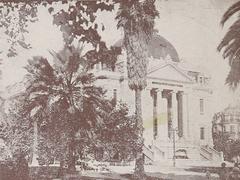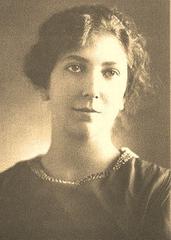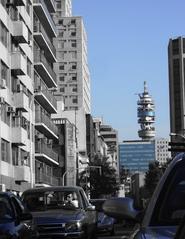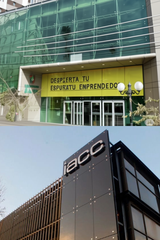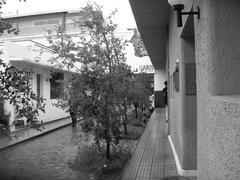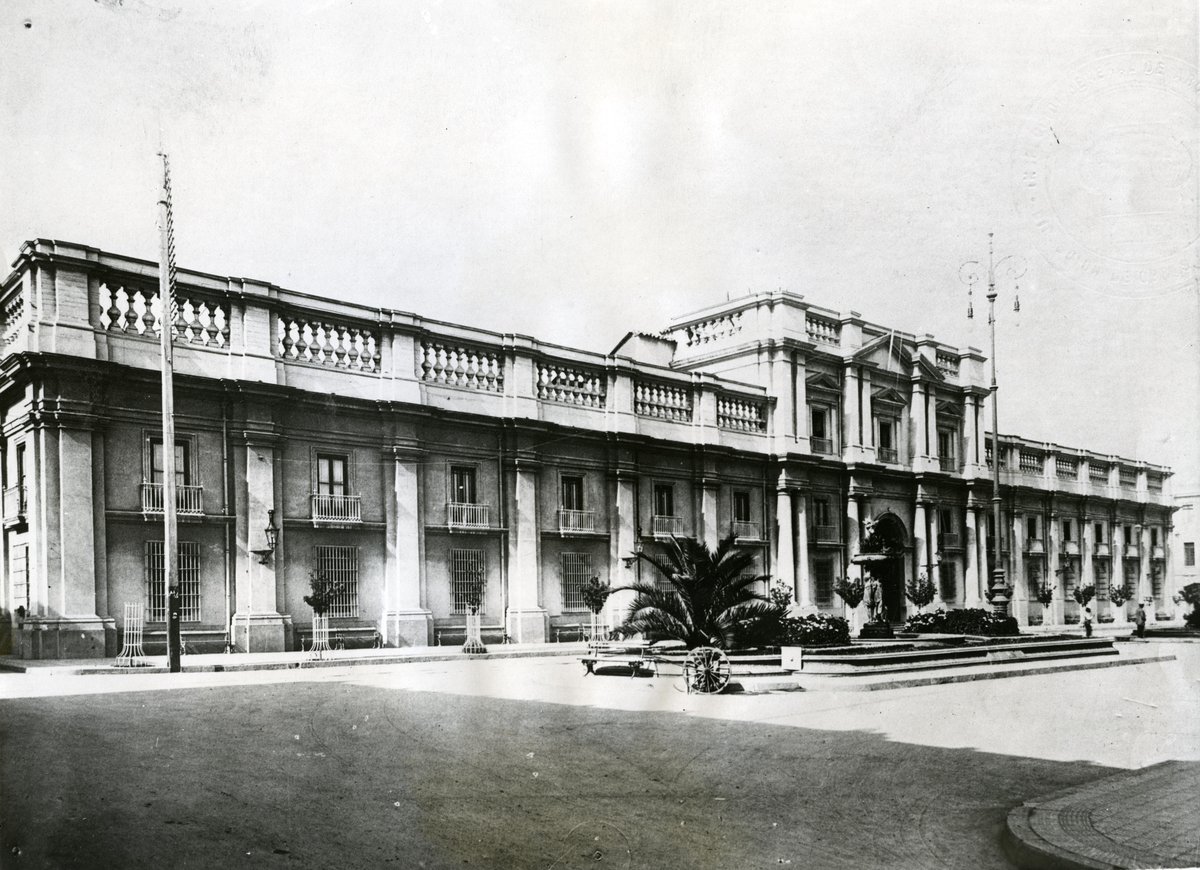
Comprehensive Guide to Visiting Palacio de La Moneda, Santiago, Chile
Date: 23/07/2024
Introduction
Palacio de La Moneda, an architectural gem nestled in the bustling heart of Santiago, Chile, stands as a monument of immense historical and political significance. Originally conceived as a colonial mint by Italian architect Joaquín Toesca in 1784, this neoclassical palace has evolved into the presidential palace and a symbol of Chile’s governance (Chile Travel). Over the centuries, Palacio de La Moneda has witnessed pivotal historical events, including the military coup of 1973, which left indelible marks on its structure and the nation’s history (BBC News). Today, the palace is not only a functioning seat of the executive branch but also a cultural and historical site open to the public. Visitors are drawn to its grand architectural features, including the iconic Patio de los Naranjos, as well as its guided tours that offer deep insights into Chile’s storied past (Santiago Tourist). This guide aims to provide a comprehensive overview of everything you need to know to make the most out of your visit to Palacio de La Moneda, from its rich history to practical visiting tips.
Table of Contents
- Introduction
- History of Palacio de La Moneda
- Architectural Features and Layout
- Visiting Information
- Preservation and Public Access
- FAQ
- Conclusion
History of Palacio de La Moneda
Early Conception and Construction
The Palacio de La Moneda, often referred to simply as La Moneda, is a neoclassical palace located in the heart of Santiago, Chile. Its construction began in 1784 under the direction of Italian architect Joaquín Toesca, who was commissioned by the Spanish Crown. The building was originally intended to serve as the colonial mint, hence its name “La Moneda,” which translates to “The Mint” in English. The construction was completed in 1805, making it one of the oldest buildings in Santiago. The palace’s design reflects the neoclassical architectural style, characterized by its symmetrical layout, grand columns, and minimalistic ornamentation (Chile Travel).
Transition to Governmental Use
In 1845, La Moneda underwent a significant transformation when it was repurposed as the presidential palace of Chile. This change was initiated by President Manuel Bulnes, who saw the potential of the building to serve as the seat of the executive branch of the government. The transition marked a pivotal moment in the building’s history, as it shifted from a colonial mint to the epicenter of Chilean political power. Over the years, La Moneda has witnessed numerous historical events, including presidential inaugurations, state ceremonies, and political protests (Santiago Tourist).
The 1973 Military Coup
One of the most defining moments in the history of La Moneda occurred on September 11, 1973, during the military coup led by General Augusto Pinochet. The palace was bombed by the Chilean Air Force as part of the coup to overthrow the democratically elected president, Salvador Allende. The attack resulted in significant damage to the building and the tragic death of President Allende, who chose to remain inside the palace. This event marked the beginning of a 17-year military dictatorship under Pinochet, a period characterized by widespread human rights abuses and political repression (BBC News).
Restoration and Modernization
Following the end of Pinochet’s regime in 1990, efforts were made to restore La Moneda to its former glory. The restoration process was extensive, involving both structural repairs and aesthetic enhancements. The goal was to preserve the historical integrity of the building while incorporating modern amenities to support its continued use as the presidential palace. The restoration was completed in 2006, coinciding with the bicentennial celebrations of Chile’s independence. Today, La Moneda stands as a symbol of resilience and continuity, reflecting the nation’s journey through periods of turmoil and recovery (La Moneda Cultural Center).
Architectural Features and Layout
Neoclassical Design
Palacio de La Moneda, located in Santiago, Chile, is a prime example of neoclassical architecture. Designed by Italian architect Joaquín Toesca, the palace’s construction began in 1784 and was completed in 1805. The neoclassical style is characterized by its grandeur, symmetry, and use of classical elements such as columns and pediments. The building’s façade is marked by its clean lines and balanced proportions, reflecting the ideals of the Enlightenment period.
Structural Layout
The palace is structured around a series of courtyards, the most notable being the Patio de los Cañones (Courtyard of the Cannons) and the Patio de los Naranjos (Courtyard of the Orange Trees). These courtyards not only enhance the aesthetic appeal of the building but also serve functional purposes, such as providing natural light and ventilation to the interior spaces. The central courtyard, Patio de los Cañones, is particularly significant as it houses historical cannons and serves as a focal point for various ceremonial events.
Facade and Exterior Elements
The exterior of Palacio de La Moneda is adorned with several classical elements that are typical of neoclassical architecture. The main entrance is flanked by Doric columns, which support a triangular pediment. This pediment is decorated with relief sculptures that depict various allegorical figures, symbolizing justice, strength, and wisdom. The use of these classical elements not only adds to the building’s grandeur but also conveys a sense of authority and permanence.
Interior Design and Decoration
The interior of Palacio de La Moneda is equally impressive, featuring a blend of neoclassical and baroque elements. The grand staircase, located near the main entrance, is a highlight of the interior design. It is adorned with intricate ironwork and leads to the upper floors, where the presidential offices and other important rooms are located. The walls and ceilings of the palace are decorated with frescoes and stucco work, adding to the overall opulence of the building.
Use of Materials
The construction of Palacio de La Moneda involved the use of high-quality materials, which have contributed to its durability and aesthetic appeal. The primary material used for the exterior is white limestone, which gives the building its distinctive appearance. The interior spaces feature a combination of marble, wood, and plaster, each chosen for its durability and visual appeal. The use of these materials not only enhances the building’s beauty but also ensures its longevity.
Renovations and Modern Additions
Over the years, Palacio de La Moneda has undergone several renovations and modernizations to preserve its historical integrity while accommodating contemporary needs. One of the most significant renovations took place in the 1930s, when the building was reinforced to withstand earthquakes. More recently, in the early 2000s, a new underground cultural center, the Centro Cultural La Moneda, was added. This modern addition blends seamlessly with the historical architecture, providing a space for exhibitions and cultural events without detracting from the palace’s historical significance.
Visiting Information
Visiting Hours and Tickets
Palacio de La Moneda is open to the public for guided tours. Visiting hours are generally from 9 AM to 5 PM, Monday through Friday. Tickets can be booked online or at the entrance. It is advisable to book in advance, especially during peak tourist seasons. Admission is free, but donations are welcome.
Guided Tours and Special Events
Guided tours are available in both Spanish and English, providing in-depth insights into the palace’s history, architecture, and cultural significance. Special events, such as state ceremonies and cultural exhibitions, are held periodically, enhancing the visitor experience. Check the official website for up-to-date information on upcoming events.
Travel Tips
When visiting La Moneda, it’s recommended to wear comfortable shoes as the tour involves a fair amount of walking. Photography is allowed in most areas, but it is best to check specific restrictions during your visit. The palace is easily accessible via public transportation, with nearby metro stations and bus stops.
Nearby Attractions
La Moneda is situated in downtown Santiago, close to several other historical sites and attractions. Nearby landmarks include Plaza de la Constitución, Cerro Santa Lucía, and the National Museum of Fine Arts. These sites offer additional opportunities to explore the rich cultural and historical tapestry of Santiago.
Preservation and Public Access
Efforts to preserve La Moneda are ongoing, with regular maintenance and conservation projects aimed at safeguarding its historical and architectural integrity. The palace is also accessible to the public, offering guided tours that provide insights into its rich history and significance. Visitors can explore various parts of the building, including the courtyards, ceremonial rooms, and the La Moneda Cultural Center. These tours are an excellent way for both locals and tourists to connect with Chile’s heritage and gain a deeper understanding of the nation’s political and cultural evolution (Chile Travel).
FAQ
Q: What are the visiting hours for Palacio de La Moneda?
A: Palacio de La Moneda is open from 9 AM to 5 PM, Monday through Friday.
Q: Is there an admission fee to visit Palacio de La Moneda?
A: Admission is free, but donations are welcome.
Q: Are guided tours available?
A: Yes, guided tours are available in both Spanish and English.
Q: Can I take photographs inside Palacio de La Moneda?
A: Photography is allowed in most areas, but it’s best to check specific restrictions during your visit.
Q: What are some nearby attractions?
A: Nearby attractions include Plaza de la Constitución, Cerro Santa Lucía, and the National Museum of Fine Arts.
Conclusion
Palacio de La Moneda serves as a powerful testament to Chile’s rich historical and political tapestry. From its origins as a colonial mint to its current role as the presidential palace, La Moneda has stood at the center of numerous key moments in Chilean history. The architectural splendor of this neoclassical building, combined with its significant historical events, such as the 1973 military coup, makes it a must-visit landmark for anyone keen on understanding the depth of Chile’s heritage. Restoration efforts have ensured that La Moneda remains both a functional governmental hub and a cultural treasure accessible to the public (La Moneda Cultural Center). Whether you are drawn to its grand courtyards, historical rooms, or the surrounding attractions like Plaza de la Constitución, a visit to Palacio de La Moneda offers an enriching experience that bridges the past and present. For more updates and to enhance your visit, consider exploring further resources or engaging with cultural events hosted at the site.
